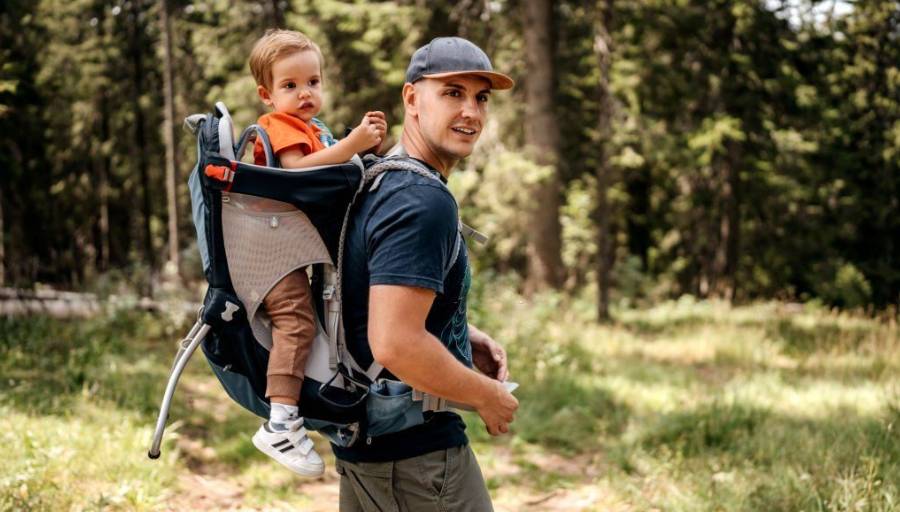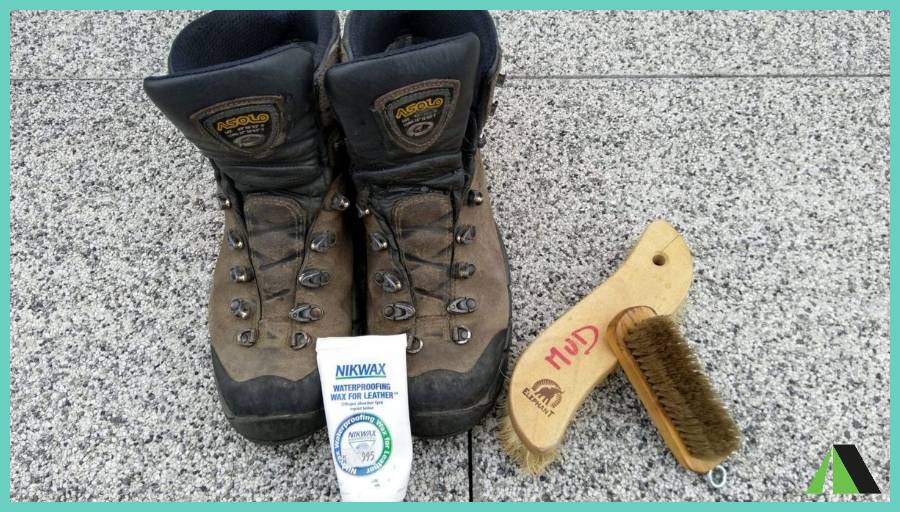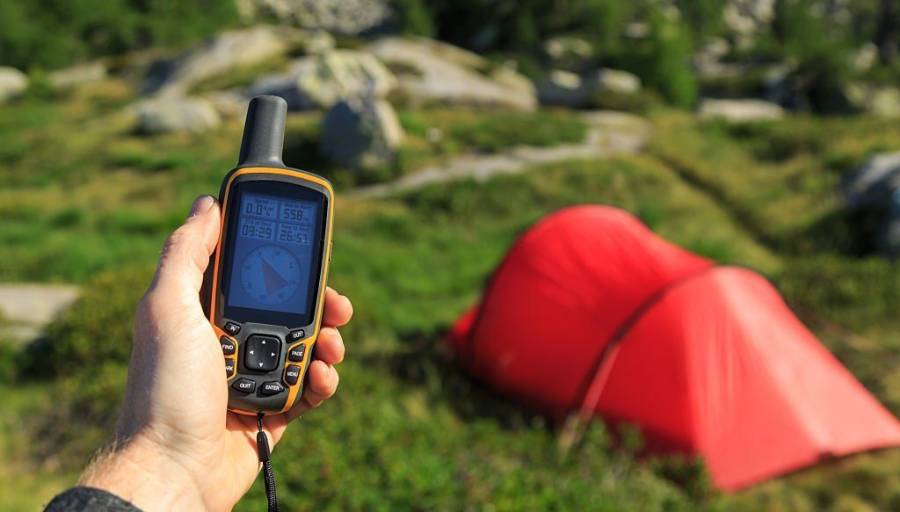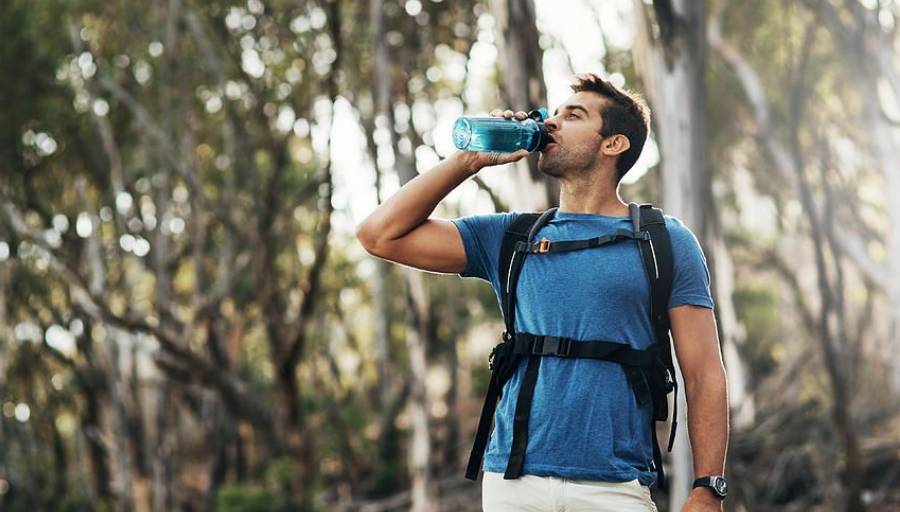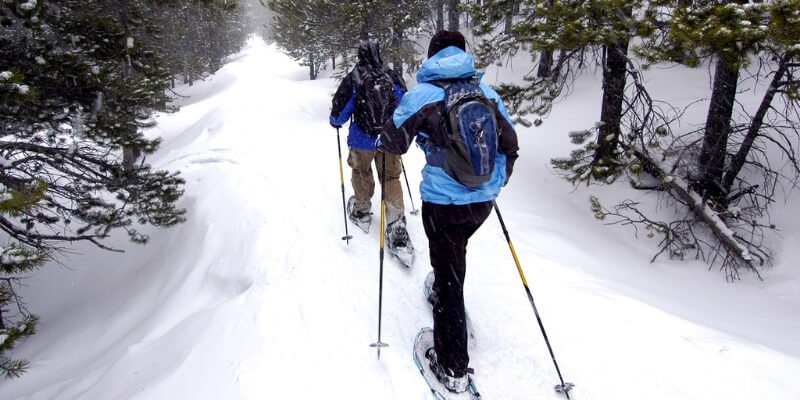10 Tips on How to Prepare for a Hike
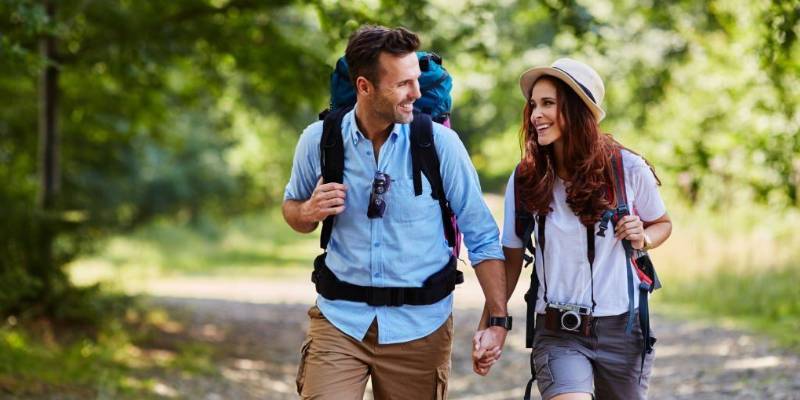
Hiking isn’t just a form of exercise – it’s a way to get to know yourself and experience nature in its original form. Hike involves a wide range of physical abilities, making it an ideal outdoor activity for everyone.
However, a successful and enjoyable hike requires careful preparation. We created this guide on how to prepare for a hike to make your hiking super enjoyable and safe! Whether you’re a seasoned hiker or a beginner, these 10 tips will ensure that you’re equipped, informed, and ready to make the most of your outdoor excursion.
1. Plan Ahead and Check the Weather
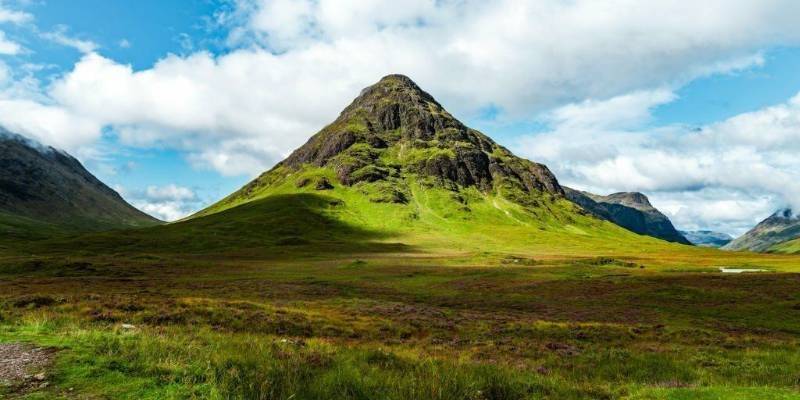
For novice hikers, choosing a day with good weather is the best way to ensure a good experience. You may be tempted not to let the weather interfere with your hike, but bad weather conditions can often lead to accidents during the trip, and can also make a hike just miserable.
Even if you plan on hiking in rain or shine, by checking the weather ahead of time, you can be prepared with the gear you’ll need to stay dry and safe. We also recommend that you start your hike as early as possible. The later you start it, the more people there will be. Conversely, if you are afraid to hike alone and want to have other people on the trail, go at a popular time. It may be more difficult to park etc. but you will have company.
Finally, check the park’s website and Twitter feed before you go. Sometimes parks and trails are closed for some reason. Nothing worse than driving to a hike only to find it’s closed.
2. Choose Suitable Hiking Equipment
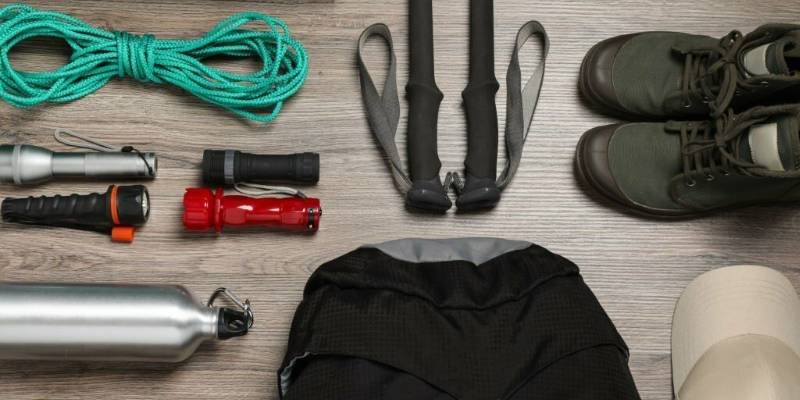
The good thing about starting out on a hike is that you don’t really need any special gear, you can probably get by with things you already have. Let’s start with the clothes. The typical mistake newbies make when hiking is to wear jeans and regular clothes, which become heavy and irritating if they get wet or sweaty.
Wear workout clothes designed for being active. Long pants or tights help ensure your legs don’t scrape on the bushes along the trail. Likewise, long-sleeved shirts will protect you from the changing weather, but you can roll up the sleeves when the weather gets hot.
Shoes are also important. A good pair of sneakers or hiking boots are usually the best solution. If you have an old pair of hiking boots in your closet, it’s best to leave them behind if you haven’t worn them for a long time, as they may cause blisters. Then there is a backpack, water (bring more than necessary), snacks, and extra layers. Be prepared for rain or temperature variations.
3. Pack the Essentials in Your Backpack
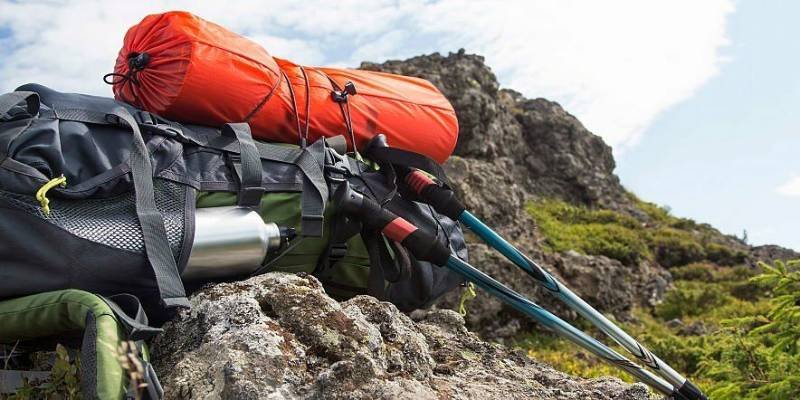
What you bring depends on how many days you plan to hike, where you plan to sleep, and the time of year. For simple day hikes, here are some essentials you should keep in your backpack:
- A map (in paper!)
- Compass or hiking GPS
- Water (ideally a water filter bottle)
- Food
- Fire starters or matches
- Simple first aid kit
- Military knife or multi-tool
- Flashlight and batteries
- Sunscreen and sunglasses
4. Bring Your Phone and Make Sure It’s Charged

You should always start your trip with a fully charged battery in case of an emergency. You’d be surprised how many services you can find on top of a mountain if you need them. Not to mention that it’s nice to have a camera handy! Are you still out of battery? A solar battery charger just might save the day!
5. Make Sure to Have Right Amount of Food and Water
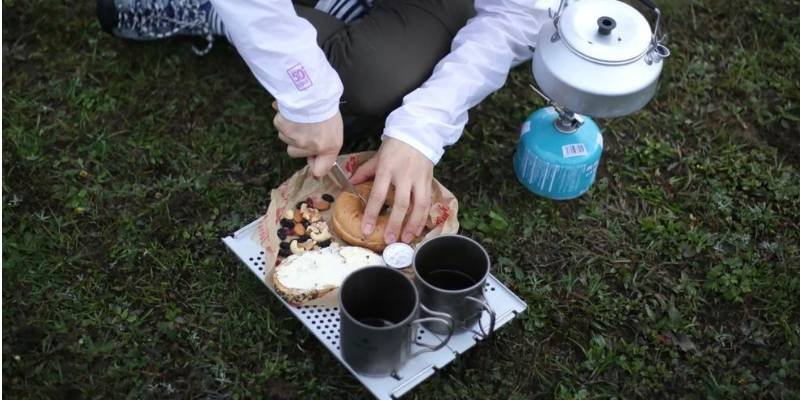
For a day hike, it’s best to bring energy foods that don’t need to be refrigerated or heated. The most common choices are jerky, dried fruit, mixed nuts, or energy bars. You don’t need to overdo it, just make sure you have enough to fuel you on your trip.
Water is essential for life, so it’s the most important thing to take on a hike! You need a liter of water for every two hours of walking. And it’s important not to take less than planned, as you may regret it if you get lost or have to take a detour.
A filter bottle intended for everyday use will allow you to save a lot on the purchase of plastic bottles. As for filtering water bottles calibrated for hiking, they offer a considerable advantage: you will no longer need to prepare your water in advance or desperately seek a drinking water point during your adventures. Any fresh water source will do!
6. Plan Your Hike Even for 2 Minutes!
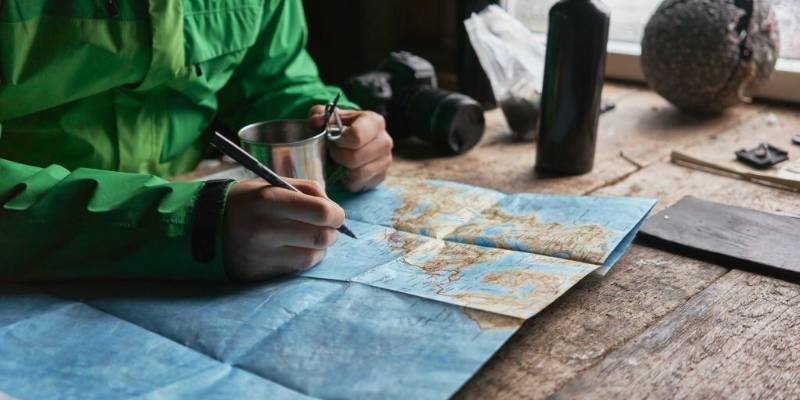
Every hike requires a bit of preparation, even if it only takes a few minutes. Some trails require a permit or are paid. If you are unsure, a call to the park office will enlighten you. And it might sound like common sense, but you need to check the weather before your hike.
If the weather is going to be bad, wet, or crazy, you should do the hike another day. And be aware that weather conditions in the mountains can be drastically different from those in the nearest town. It’s okay to call the park before you go. Just call, tell them what hike you are going to do, and ask if all the trails are open.
I’ve made the mistake before of driving a few hours for a hike and finding out the trails were closed for repairs. Sometimes trail work or bad weather can change conditions. If you can’t reach anyone, check the park’s Twitter feed for information on closures.
7. Always Carry a Light Source
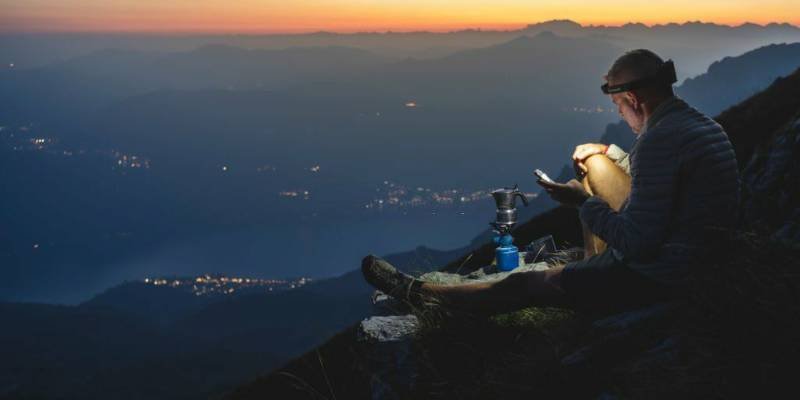
You should always plan to arrive at your destination with plenty of time before dark. If your hike takes longer than expected, you may end up in the dark without a light, which is why having one handy is a must! We recommend using a headlamp so that you don’t have to worry about your balance and final destination. Be sure to bring something other than just your phone’s flashlight, which could drain your battery and turn off unexpectedly.
8. Manage Your Energy
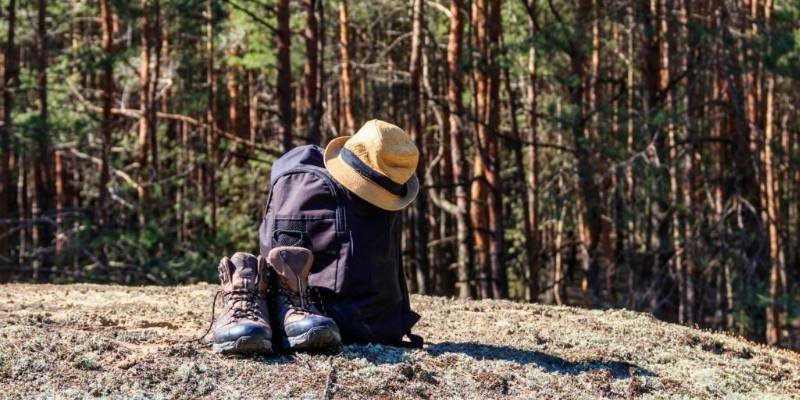
Do you remember the story of the tortoise and the hare? When hiking, regularity is preferable to speed. We often see beginners start a hike at a really fast pace, only to explode. Conserve your energy, especially on a long hike. You never know in what situation you will have to use your energy next. For example, if you get lost or take a long trail, you will need the energy to fix it. It’s a matter of security.
Plan to finish with some juice in your tank. Furthermore, if you are hiking in a group, stay with the group. If you hike together, stay together. If you decide to split up into groups, plan intervals (like trail forks) where the group will reform. There is nothing worse than not knowing where certain members of your group are on the trail. It’s a surefire way to miss your destination or turn a day hike into a night hike.
9. Bring a Friend (or Friends!)
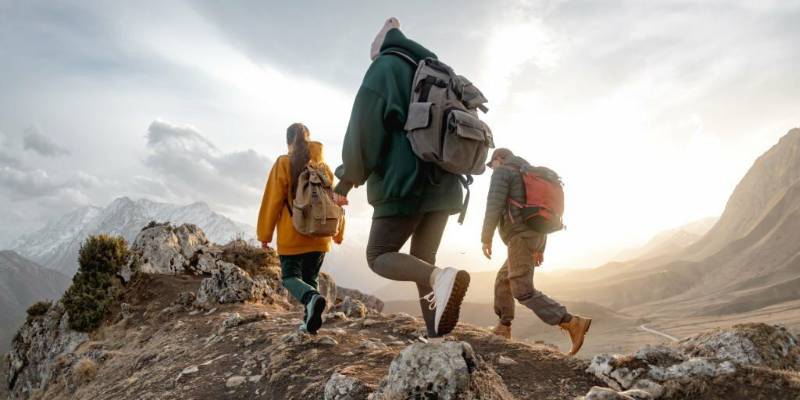
When you’re first starting out, it’s best to always bring a friend or two along who can help orient you on the trail, assist with any injuries, and of course, make the hike more fun! Once you’ve gained some experience, you can start exploring solo hiking.
10. Leave No Trace

Whatever you do or don’t do, respect the hike and other hikers.
In a nutshell, this means:
- Do not throw away rubbish or fruit peelings.
- Do not leave the official trail.
- Make sure to don’t disturb the environment around you (break branches, etc.).
- Be mindful of other hikers (no loud music etc).
Outdoor activities are seeing a resurgence, which is great, but there are also some nasty downsides. Be a champion of the outdoors and a guardian of nature. If we can all use trails responsibly and vote for those who support the outdoors, that means more funding for parks and trails, which means more hiking options for all of us. If we leave more empty water bottles and poop bags on the trails, they will close.
Conclusion
Preparing for a hike is important to ensure an enjoyable outdoor experience. From understanding the trail and checking the weather to packing essentials and staying hydrated, every aspect of preparation contributes to a safer and more rewarding adventure in the great outdoors. By following these tips, you can enhance your readiness and make the most of your trek into nature.
Still questions?
Need personal advice?
Leave a comment below.

